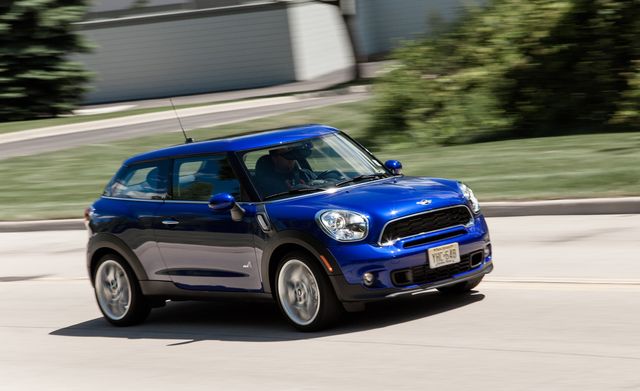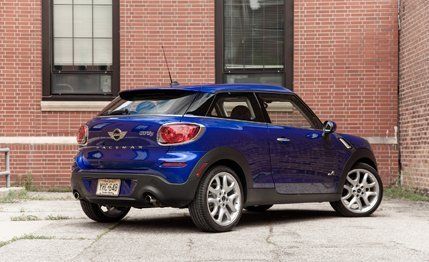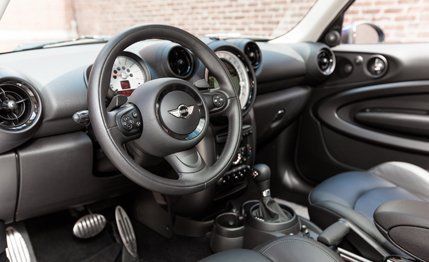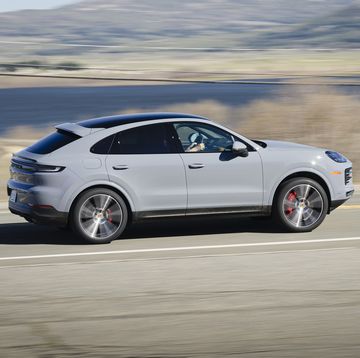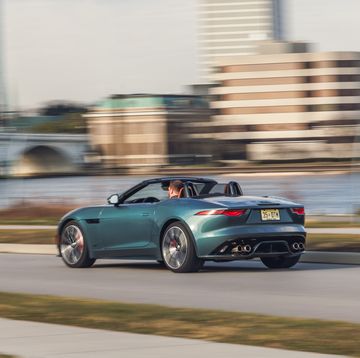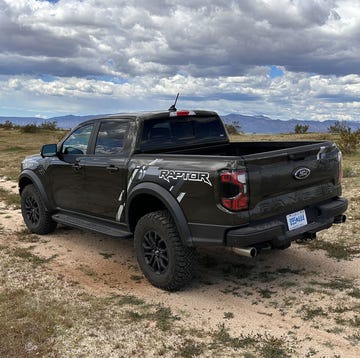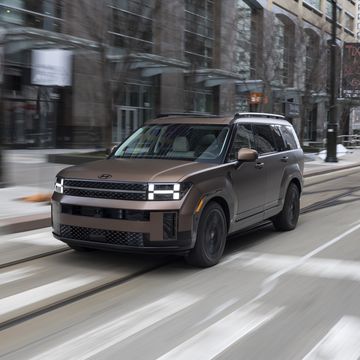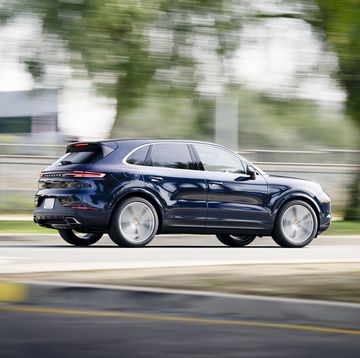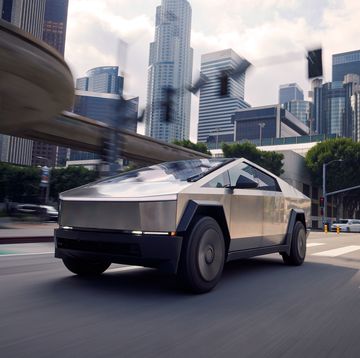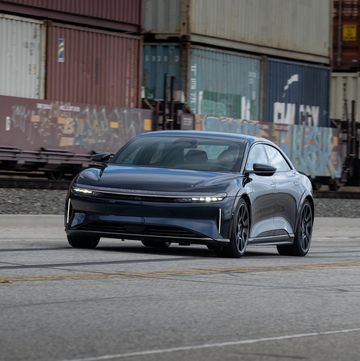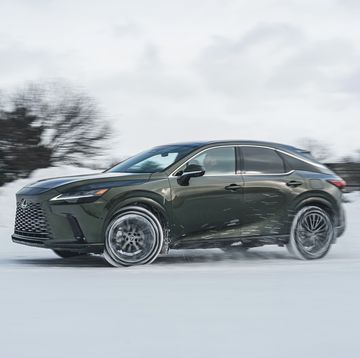It’s increasingly clear that the product planners at Mini don’t feel constrained by the brand’s name, an attitude that might have been inspired by Humpty Dumpty’s draconian take on definitions. Just before having his great fall, Humpty said, “When I use a word, it means just what I choose it means—neither more nor less.”
The Paceman is the latest proof of the elasticity of the word Mini. Using the elongated architecture that supports the five-door Countryman, the three-door Paceman is about the same size as a Hyundai Veloster—not exactly elephantine, but far from petite. Compared with the base Mini hardtop, still the brand’s bestseller, the Paceman is 15.6 inches longer, 4.0 inches wider, and 4.5 inches taller. And at 3331 pounds, it’s as much as 800 pounds heavier.
Performance Math
The engines available in the Paceman are the same three variations of the 1.6-liter four employed across Mini’s entire product line—one naturally aspirated, two turbocharged. The sum of their specifications doesn’t add up to blazing performance, especially with the optional ($1250) six-speed Steptronic automatic transmission fitted to our test car. Even with the automatic in manual mode, the shifts are deliberate, but not a performance asset.
Propelled by the milder of Mini’s two 1.6-liter turbos (181 horsepower, 177 lb-ft), our Cooper S Paceman ALL4 (as in four-wheel drive) required 7.3 seconds to reach 60 mph, covered the quarter-mile in 15.7 seconds at 89 mph, and consumed 21 seconds reaching 100 mph. Contrast those results with the numbers we wrung from a Cooper S hardtop: 0 to 60 in 6.2, the quarter-mile in 15.0 at 95, and 0 to 100 in 16.7. And the 1.6 turbo in that Cooper S was rated for 172 horsepower; the additional nine ponies came later.
Inevitably, mass will have its say in matters of acceleration and general dynamics. Adding several hundred pounds to the equation mitigates transient response, although in this area the distinctions become less tangible. The Paceman is heavier and taller, but it has the moves and feel that help set Minis apart from the herd. The king-size Mini might not be quite as quick on its feet as its smaller counterpart, but the fun-to-drive factor—limited body motions; quick, tactile steering; a gratifying sense of connection with the car—is undeniably present.
The downside of this last point is something common to all Minis. The stiff springs, the aggressive damping, the hard bushings, and the low-profile run-flat tires (Pirelli P Zero 225/40-19s) provide respectable grip (0.86 g) and okay braking (169 feet from 70 to 0 mph), but at the expense of ride quality that doesn’t take much uneven pavement to become seriously abrupt.
EPA fuel-economy ratings aren’t great for such a small car, at 23 mpg city and 30 highway. We achieved 24 mpg over 684 miles.
